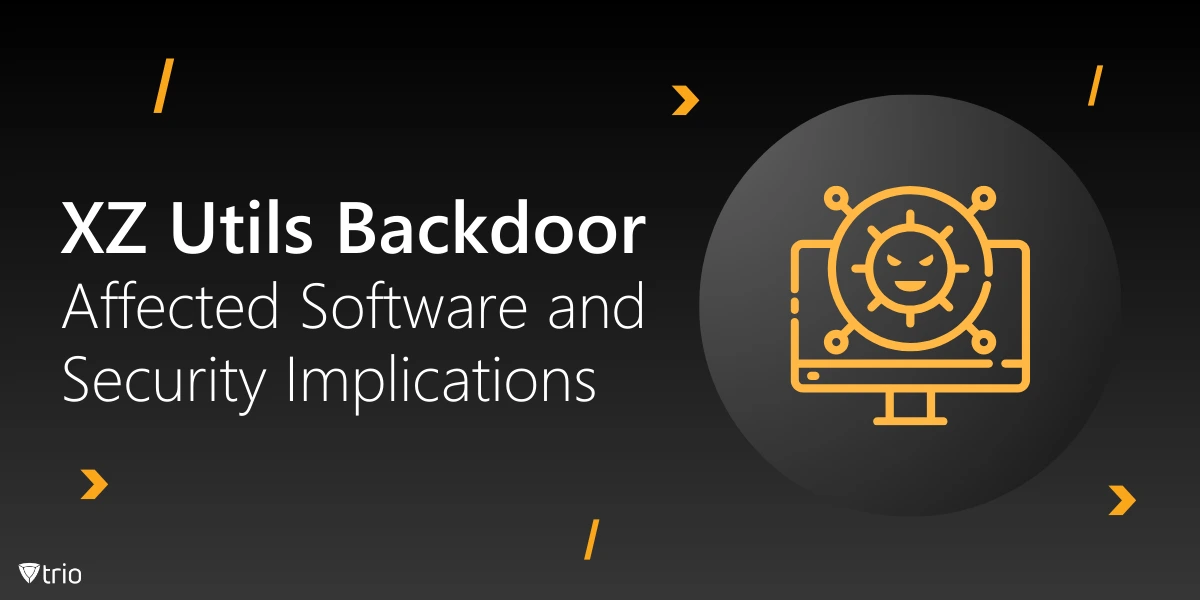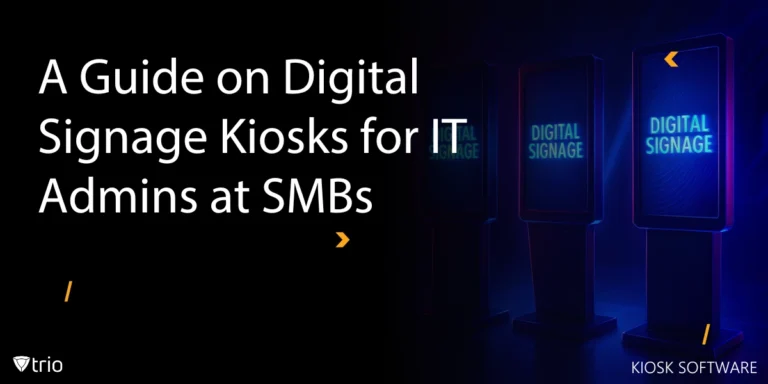A Serendipitous Discovery In late March 2024, an inadvertent revelation by Andres Freund, a software engineer at Microsoft, uncovered a clandestine backdoor embedded within the widely-used XZ Utils compression library. Freund's inquisitive nature was piqued when he noticed an inexplicable 500-millisecond delay during SSH connections and an unusually high CPU utilization by the sshd processes, even when authentication attempts failed. This revelation has sent shockwaves through the cybersecurity community, prompting a deeper analysis of the XZ Utils Backdoor affected software.
XZ Utils: A Cornerstone of Linux Ecosystems
Developed by Lasse Collin and the Tukaani Project, XZ Utils is an indispensable open-source compression utility that plays a pivotal role in compressing and decompressing various file formats across Linux distributions. Its versatility extends to handling release tarballs, software packages, kernel images, and initramfs (initial RAM file system) images. The library's lossless compression capabilities, coupled with its remarkable efficiency in reducing file sizes while maintaining data integrity, have rendered it a ubiquitous presence in most Linux and macOS systems.
The Backdoor Unveiled: CVE-2024-3094
The XZ Utils vulnerability, designated as CVE-2024-3094 and assigned a critical CVSS score of 10.0, stemmed from malicious code covertly introduced into XZ Utils versions 5.6.0 and 5.6.1. This backdoor, concealed within the liblzma library, granted remote code execution capabilities to an attacker possessing a specific Ed448 private key, effectively compromising the integrity of affected Linux systems.
A Calculated Supply Chain Attack
Investigations unveiled a meticulously orchestrated supply chain attack, spanning nearly two years, orchestrated by an individual or group operating under the moniker "Jia Tan" (also known as JiaT75 on GitHub). Through a calculated campaign of social engineering, leveraging sock puppet accounts to generate feature requests and bug reports, "Jia Tan" gradually gained the trust of the open-source community and was eventually granted maintainer responsibilities for the XZ Utils repository.
In 2023, this malicious actor introduced a series of modifications to XZ Utils, culminating in the inclusion of the backdoor in version 5.6.0, released in February 2024. Subsequent version 5.6.1 further obfuscated the anomalous behavior, potentially evading detection during software testing and operating system builds.
The Intricate Mechanics of the Backdoor
The XZ Utils backdoor is a multifaceted and intricate construct, designed to evade detection and facilitate remote code execution on compromised systems. Its execution chain involves several stages, each meticulously crafted to obscure the malicious intent.
Obfuscation and Embedding: During the build process, the malicious script build-to-host.m4 decrypts and extracts a bash script from the ostensibly innocuous test file bad-3-corrupt_lzma2.xz. This bash script, in turn, decrypts and extracts a shared object from another test file, good-large-compressed.lzma.
Disabling Security Features: The backdoor circumvents security measures by disabling landlocking, a feature designed to restrict process privileges, effectively granting the malicious code elevated access.
Hijacking Function Calls: Leveraging the glibc IFUNC mechanism, the backdoor hijacks the RSA_public_decrypt function within the OpenSSH server, replacing it with a malicious counterpart. This subversion occurs when a specific third-party patch, commonly employed by several Linux distributions, causes the SSH server to load the compromised libsystemd library, which, in turn, loads the tainted liblzma library.
Remote Code Execution: Upon establishing an SSH connection, the backdoor verifies the authenticating client's certificate against a hard-coded Ed448 public key. If the verification succeeds, the attacker's payload is extracted and executed via the system() function, granting remote code execution capabilities on the compromised system.
Scalability and Persistence: The backdoor incorporates an extension mechanism, allowing the threat actor to introduce additional malicious payloads without modifying the core binary, thereby enhancing its scalability and persistence.

Affected Linux Distributions
The XZ Backdoor analysis identified several affected Linux distributions, including Fedora Rawhide, Debian testing, and Kali Linux. Mitigation strategies involve downgrading to uncompromised versions and implementing comprehensive security measures.
While the backdoored versions of XZ Utils were not widely deployed in production environments, they found their way into development versions of several major Linux distributions, including:
- Fedora Rawhide: The current development version of Fedora Linux.
- Fedora 41 and Fedora Linux 40 beta: Pre-release versions of Fedora Linux.
- Debian testing, unstable, and experimental distributions: Development branches of Debian Linux.
- openSUSE Tumbleweed and openSUSE MicroOS: Rolling release distributions from openSUSE.
- Kali Linux: A Debian-based distribution widely used for penetration testing and security auditing, affected between March 26th and March 29th, 2024.
- Arch Linux: Certain virtual machine and container images, as well as an installation medium, contained the compromised versions.
- Alpine Edge: The active development branch of Alpine Linux.
It is crucial to note that this list is not exhaustive, and additional distributions may be identified as affected as investigations continue.
Impact on Open-Source Software Ecosystem
The discovery of the XZ Utils Backdoor affected software has raised significant concerns about the security of open-source projects. This incident highlights the need for enhanced vetting processes and security measures within the open-source community.
Detecting and Mitigating the Threat
In the wake of this discovery, the cybersecurity community and Linux distribution maintainers have swiftly responded with detection methods and mitigation strategies to safeguard systems against potential exploitation.
Checking for Affected Versions
To determine if a system is vulnerable to CVE-2024-3094, users can employ the following methods:
Version Check: Execute the command strings which xz | grep '5\.6\.[01]' to detect the presence of the affected XZ Utils versions 5.6.0 or 5.6.1.
Library Check: Run lsof -p $(ps -aux | grep 'sshd' | grep 'listener' | awk '{print $2}') | grep '\.so' | grep 'liblzma' to identify if the OpenSSH server is loading the compromised liblzma library.
Specialized Tools: Utilize dedicated tools like the XZ Backdoor Scanner from Binarly or the XZ Backdoor Detector from GitHub, designed to analyze systems for the presence of the CVE-2024-3094 backdoor.
Container Scanning: For containerized environments, leverage vulnerability scanners like Grype to detect compromised container images and filesystems.
Mitigation Strategies
The recommended course of action for affected systems is to downgrade to an uncompromised version of XZ Utils, such as 5.4.6 Stable. Linux distribution maintainers have promptly issued advisories and updates, reverting to older, secure versions of the XZ libraries.
- In the event of suspected post-compromise activity, comprehensive remediation measures should be implemented, including:
- Resetting passwords for all affected accounts.
- Conducting thorough investigations to identify and mitigate any potential data breaches or unauthorized access.
- Implementing enhanced security controls and monitoring mechanisms to prevent future incidents.
Lessons Learned: Strengthening Open-Source Security
The XZ Utils backdoor explained case study provides valuable insights into improving the security of open-source projects:
- Implementing rigorous code review processes
- Enhancing authentication mechanisms for project contributors
- Regularly auditing and updating dependencies
- Fostering a culture of security awareness within the open-source community

The Broader Implications
The XZ Utils backdoor incident has sent shockwaves through the open-source software community, igniting discussions around the security and integrity of critical infrastructure projects. Several key concerns have emerged:
Supply Chain Security: The meticulously orchestrated attack highlights the vulnerability of open-source projects to supply chain compromises, where malicious actors can infiltrate trusted channels and introduce backdoors or other malicious code.
Reliance on Volunteer Maintainers: Many critical open-source projects rely on unpaid volunteers, raising questions about the sustainability and resilience of this model in the face of sophisticated threats.
Operational Security: The perpetrator's adherence to stringent operational security practices, spanning multiple years, underscores the need for enhanced vetting processes and safeguards within open-source communities.
Potential for Widespread Impact: Had the backdoor remained undetected, it could have facilitated unprecedented access to millions of systems worldwide, granting the attacker a proverbial "master key" to compromised machines.
As the investigation into the XZ Utils backdoor continues, the cybersecurity community remains vigilant, recognizing the need for robust security measures, transparency, and collaboration to fortify the integrity of open-source software ecosystems.
Future Implications: Preventing Similar Attacks
As we continue to analyze and understand the XZ backdoor explained, it's crucial to develop proactive strategies to prevent similar attacks in the future. This includes improving supply chain security, enhancing detection mechanisms, and promoting collaborative efforts within the cybersecurity community.
Trio MDM: Safeguarding Your Enterprise
In the face of emerging threats like the XZ Utils backdoor, enterprises must prioritize the security and integrity of their digital infrastructure. Trio MDM, a leading mobile device management solution, offers a comprehensive suite of tools and features to help organizations safeguard their mobile devices, applications, and data.
With Trio MDM, enterprises can:
- Enforce robust security policies and configurations across all enrolled devices, ensuring compliance with industry standards and best practices.
- Remotely monitor and manage devices, applications, and data, enabling swift response to potential threats or security incidents.
- Implement granular access controls and data encryption mechanisms, protecting sensitive information from unauthorized access or exfiltration.
- Leverage advanced threat detection and prevention capabilities, identifying and mitigating potential vulnerabilities or malicious activities.
Experience the power of Trio MDM by requesting a free demo today. Our team of experts will guide you through the solution's features and capabilities, empowering you to take a proactive stance against evolving cybersecurity challenges.
XZ Utils Backdoor Affected Software: Conclusion
The XZ exploit explained serves as a stark reminder of the ongoing challenges in maintaining the integrity of open-source software. As we move forward, continued vigilance, collaboration, and innovation in security practices will be essential to safeguarding the open-source ecosystem against sophisticated threats like the XZ Utils backdoor.
By partnering with Trio MDM, your organization can fortify its defenses against supply chain attacks, malicious code, and other emerging threats, safeguarding its critical assets and ensuring business continuity.
Get Ahead of the Curve
Every organization today needs a solution to automate time-consuming tasks and strengthen security.
Without the right tools, manual processes drain resources and leave gaps in protection. Trio MDM is designed to solve this problem, automating key tasks, boosting security, and ensuring compliance with ease.
Don't let inefficiencies hold you back. Learn how Trio MDM can revolutionize your IT operations or request a free trial today!





